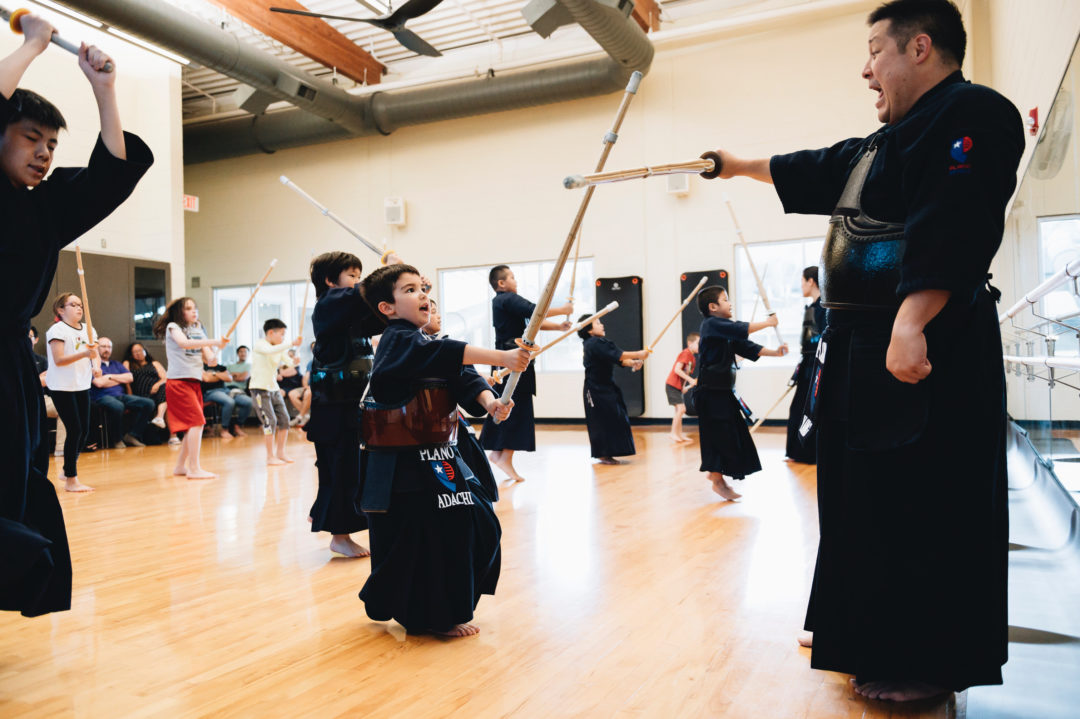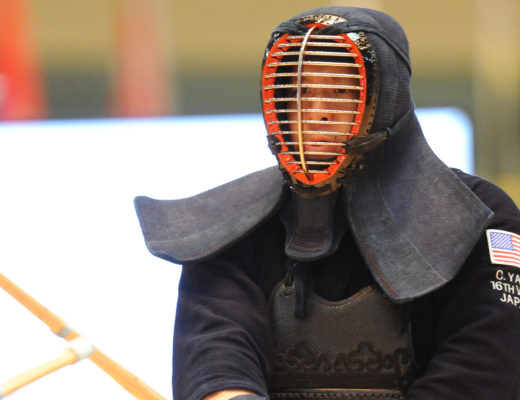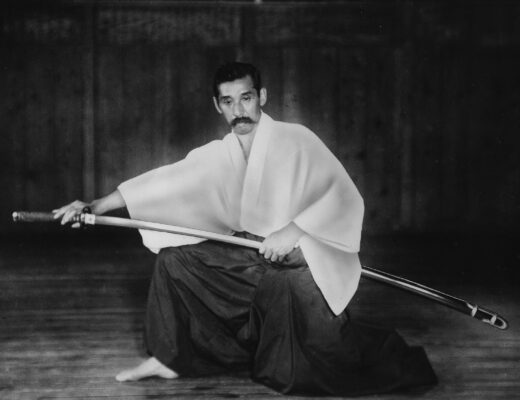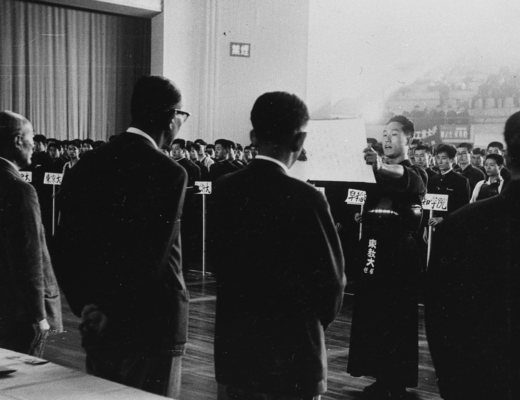There are so many little things needed to start a dojo, and unfortunately, there is no book or manual that teaches you how to do it. Fortunately or unfortunately, I had to learn everything the hard way.
First and foremost, you have to find a location. Unlike in Japan, where there is a dojo or 体育館 around every corner, in the U.S. (and probably most other parts of the world) most potential locations are fully utilized by basketball, volleyball or other sports activities. Further, many gyms in the U.S. now do not have wooden floors, and instead use the much-more durable synthetic material that may be acceptable to other sports, but not to fumikomi and the needs of kendo. I spent countless hours driving around the City of Plano by myself on weekends visiting schools, exercise gyms, community centers and other locations that could potentially work for a dojo.
The other challenge that comes with location is cost. Most ideal locations that have wooden floors and can fit over 25 people are very expensive, with some gyms costing more than $100 per hour. Basketball and other sports leagues, that charge high membership fees and are organized by successful sports organizations, can afford to pay such fees to rent the best spaces. However, in the United States, most dojos are operated on a “non-profit” basis and the monthly fees are relatively low, thereby making it financially challenging to rent expensive locations.
In the case of Plano Kendo Dojo, we were so fortunate to partner with the City of Plano and use their facilities. Our dojo became part of the City of Plano’s sports and recreation activities, and members were able register and pay kendo classes through the City. In turn, the City of Plano permits our dojo to use their facilities for our keiko, and I do not have to worry about whether our dojo can pay the monthly rent every month for a gym.
Once we secured our location, I came to an eye-opening realization…how could I let people know that we were starting a dojo? The very first thing I did, and perhaps most important, was to visit the head instructor of the existing dojo in Dallas to respectfully ask his permission to open a new dojo. As the newcomer in Dallas, I wanted to ensure I had the support of him and his dojo, so that we could collectively achieve our dream to grow kendo in our region. I was both relieved and energized when he provided his full support, and said he shared my dream to expand the growth of kendo in Texas.
The next step was to introduce to the outside world that we were starting a new dojo in Plano, Texas. With the advent of social media, it is now so much easier to publicize and spread the word of activities. The problem was, my social media skills were very rudimentary, essentially limited to knowing the basic functions of Facebook and Instagram. I first turned to one of our kenshi at Torrance Dojo, Eric Choi, who is a professional web designer / IT professional to create our website, www.planokendo.com. Next, I turned to another Torrance Dojo kenshi and former Team USA member, Hansoo Kim, who is a professional artist/graphic designer, to create the logo for Plano Kendo Dojo.
I am particularly fond of our logo, as it is a combination of kendo with the logo of the City of Plano and the Lone Star of Texas. With the logo and website created, I then created hundreds of posters at the local print shop, and my wife Song and I spent weekends canvassing restaurants, grocery stores and schools all around our neighborhood and plastered posters of our new dojo to get the word out to our local neighbors. We then created our Facebook and Instagram pages so kenshi around the world could see our activities and how we would grow as a dojo.
Christopher E.J Yang
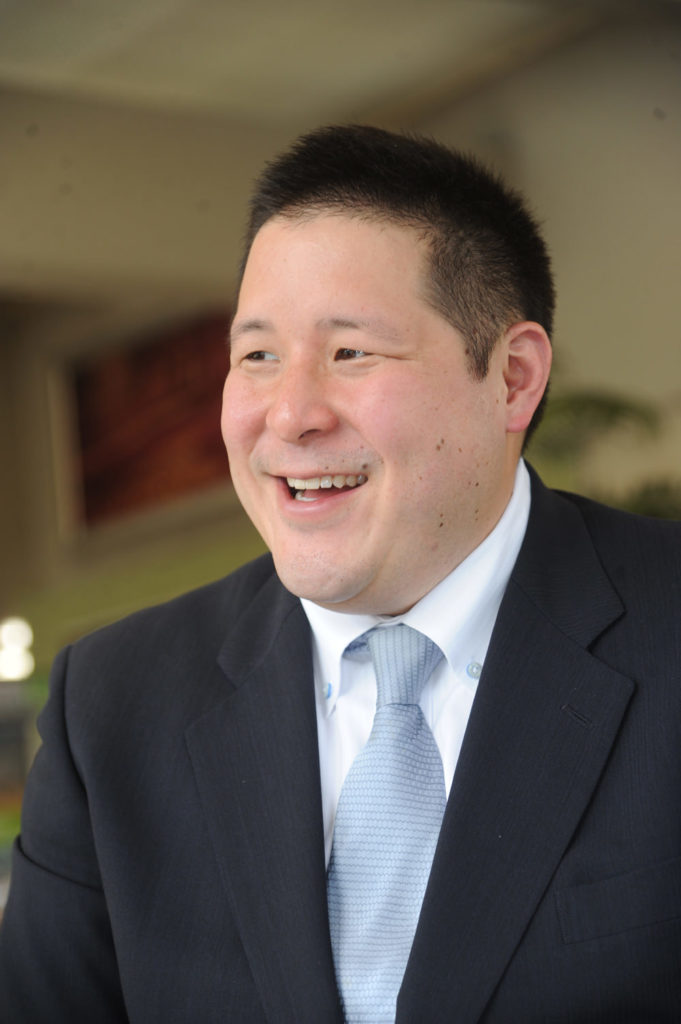
Christopher Yang was born in Torrance, California (USA) in 1978. Started kendo at Torrance Kendo Dojo in the US at 8 years old. Attended University of Tsukuba in 1998-1999 and joined the Tsukuba Kendo Team. Graduated from UC Berkeley (2000) and Georgetown University Law Center (2003). After graduation, worked at the international law firm of Latham & Watkins, and currently Vice President of Toyota Motor North America and General Counsel of Toyota Connected North America. Represented the USA in the World Kendo Championships from 1997-2015 (7 times), placing Second Place twice (2006 and 2009), Third Place three times (2003, 2012, 2015) in the Team Championships, and Top 8 in the Individual Championships twice (2000 and 2003). Received Fighting Spirit (Kantosho) Award at the World Kendo Championships 7 times. Kendo 7-Dan Kyoshi.

